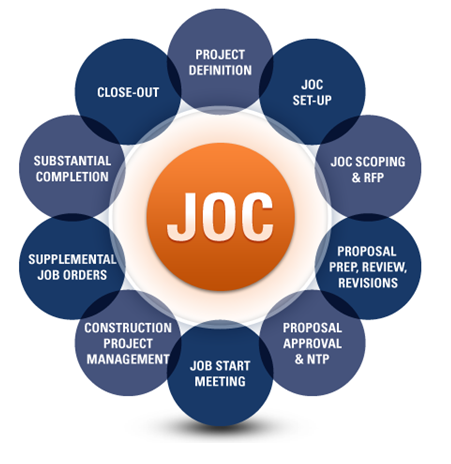While accurate, timely, and transparent cost estimating is critical to the success of any renovation, repair, sustainability, or new construction project, most construction cost estimators (over 55%) continue to rely primarily upon manual methods, hard copy documents, or electronic spreadsheets such as Microsoft Excel.
Lack of robust business processes, management practices, proper education and training, and some degree of technophobia endemic to our AECOO industry (Architecture, Engineering, Construction, Operations, Owner) may well be responsible for this “state of the nation”. Negative impacts of ‘ad hoc’ methods and the failure to adopt robust construction delivery methods and associated supporting software include: loss of business revenue and lower profit margins, poor productivity, spreadsheet and formula errors, lost information, and poor business decisions.
Construction estimating involves the estimating of material, labor, equipment, overhead/profit and contingencies. Spreadsheets, most commonly Microsoft Excel, are used by more estimators for this purpose (over 40%) than any method, although as many as ten (10) percent or more of construction cost estimators may still rely exclusively upon hand written estimates. While spreadsheets are relatively easy to master and provide a means to create and report a construction cost estimate and or cost models, their benefit comes largely from their ability to partially relieve estimators of mundane calculations. Accuracy, however, is not necessarily improved and productivity is not maximized. For example, data entry remains tedious and prone to error, formula error are common, and collaboration and information sharing are limited. (Christofferson, Jay. “Estimating with Microsoft Excel”, Brigham Young University. Nickols, Robert Duane. “Construction Estimating Using Excel” Lexington Technical Institute, University of Kentucky. Caulkins, Jonathan P., et al. “Do Spreadsheet Errors Lead to Bad Decisions” Carnegie Mellon University)
Sophisticated, Cost estimating and Efficient Project Delivery Software systems are now available, and have been proven over the past decade. Growing numbers of cost estimators now have the need to work with multiple projects, multiple estimates, and multiple contracts (IDIQ, JOC, SABER…) simultaneously and securely. These newer Cost estimating and Efficient Project Delivery Software systems, such as 4Clicks Project Estimator, provide these benefits, and more. A ‘short list’ of additional capabilities includes the ability to work with multiple cost books/guides/UPBs, track project status, automatically compare estimates, easily copy/paste, clone, and reuse estimates, integrated sophisticated visual estimating and quantity take-off (QTO) tools, including pattern search, automatically link specifications to estimates ….
Owners, Contractors, and AEs are moving to advanced cost estimating and management systems, and many oversight groups such are beginning to require their use.
The level of collaboration, transparency, and information re-use enabled by Cost Estimating and Efficient Project Delivery Software drives 15-25%+ reductions in procurement cycles, six to ten times faster estimating, reduce overall project times, as a significant reduction in change orders and the virtual elimination of contract related legal disputes.
White Paper – Cost Estimating Evolution


